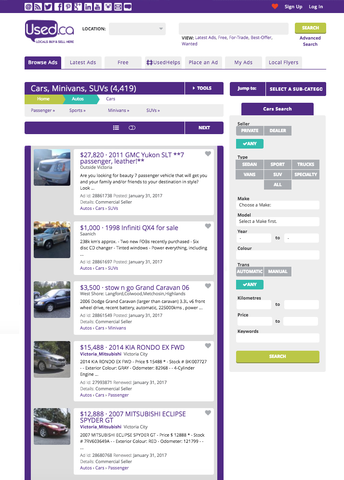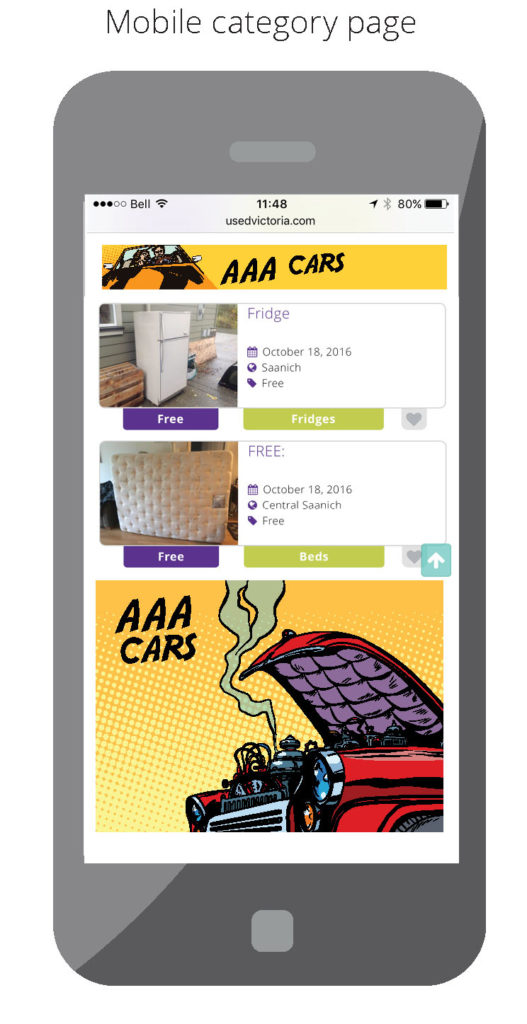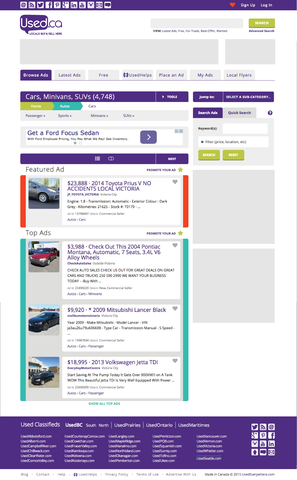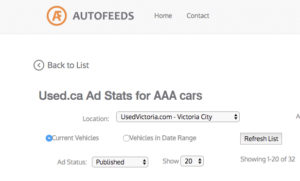Spring clean your vehicle without chemicals
It’s March and with West Coasters getting a taste of sunshine, planning begins for Spring cleaning and purging projects. One part of Spring cleaning that typically gets forgotten is deep cleaning a vehicle. Vans that transport kids to school, activities, and fun outings are normally covered in sticky foreign substances (sometimes it’s better not to know), dust, crumbs, and hidden banana peels that have slipped through the cracks of the seat. Although hanging a vehicle deodorizer and using traditional armor guard for the dashboard interior might be convenient, this is another area of our lives that we can switch to organic options. Especially when we realize that a vehicle doesn’t have much space to dissipate chemicals that carry fragrance to mask car odor. Plus, wouldn’t it be extra convenient if you could clean your vehicle interior with items from your pantry?
Here are tips to cleaning your vehicle without chemicals and keeping it budget friendly and convenient from your kitchen:
1) Pull out car seats and put them in the sunlight for a few hours. This is a natural disinfectant that kills germs and bacteria. Don’t forget fuzzy dice or angry bird stuffies in this step.
2) Sprinkle baking soda on rugs and upholstered seats that will be vacuumed. Baking soda is an organic compound that removes odor.
3) Fill a warm bucket of water and add Castile liquid soap (I use Dr. Bronners) and with a cloth, squeeze out excess water and remove dust from any hard plastic surfaces.
4) Replace Windex to clean interior windows with water and a microfiber window cloth.
5) When the dashboard is dry, pour olive oil onto a dry cloth or napkin and polish the dashboard. This will keep your dash naturally repellent of dust for weeks. I’ve only tested the olive oil polish on a plastic dash board, if your dashboard is a different material, first test in a small corner of the dash to ensure it doesn’t stain or discolor.
6) If there is a lot of debris on the carpet, take your car to a service station with an industrial vacuum to use. Afterwards, use your home vacuum if it has a HEPA filter to minimize more dust.
7) If family members have asthma or allergies, don’t go back to using synthetic air freshener in your vehicle. If you like to ‘spray’ a mixture to mask odor, dilute your favourite essential oil in a spray bottle to use.
8) You can also add the Castile soap to a bucket of warm water to wash the exterior of the car. Rinse with a hose of cold water.
When you avoid using traditional synthetic sprays, air fresheners, and dashboard polish, you are saving your family from absorbing phthalates (hidden behind the term fragrance on labelled products), formaldehyde, and lead that can be carried via dust. Air fresheners really only mask odor, so simply opening your vehicle window will actually ‘freshen’ the air inside your car. And by removing dust, you are also removing other toxins like lead and VOCs which is smart to do before turning on vehicle air conditioning in the summer!
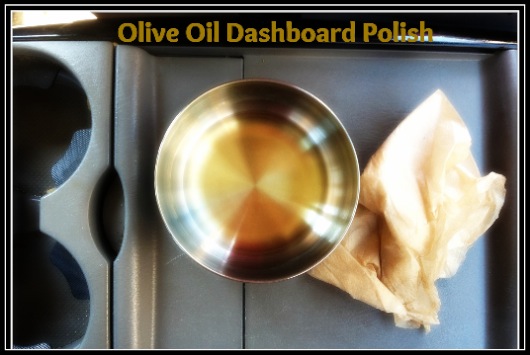
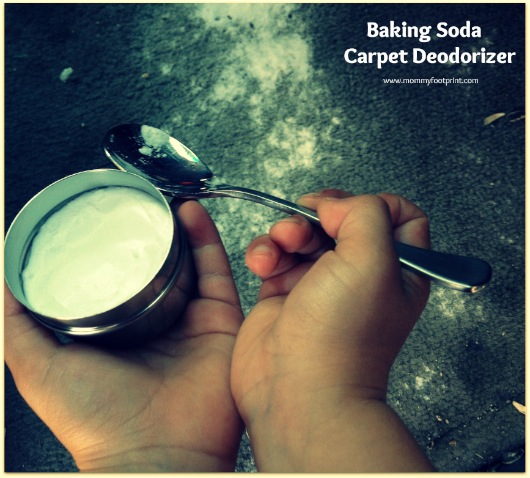

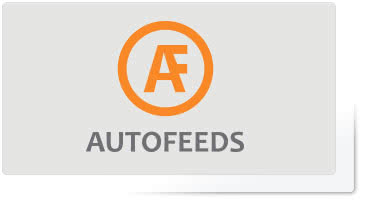 Work smart. Not hard.
Work smart. Not hard.